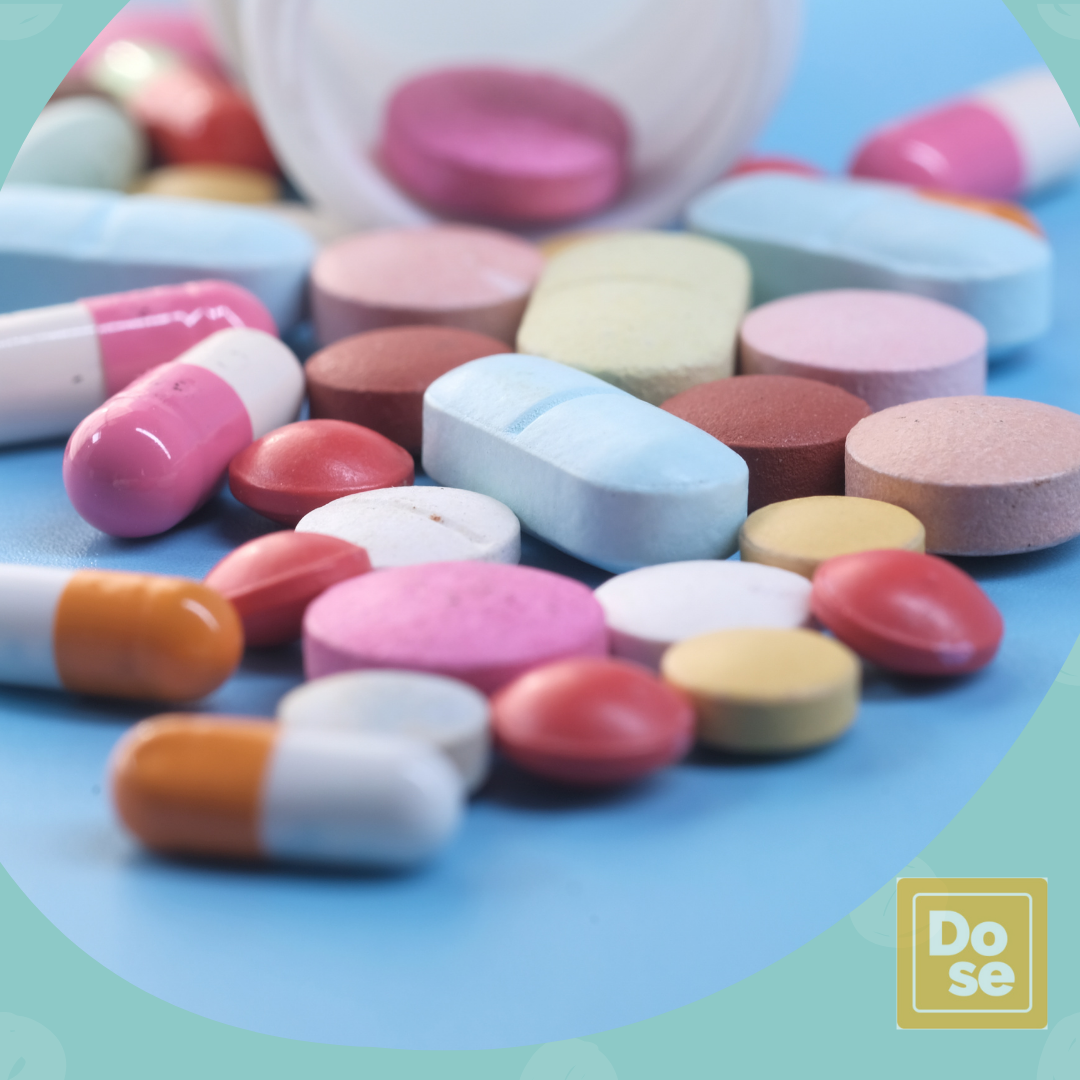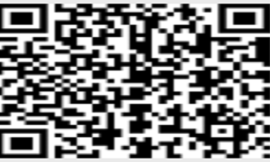Ranitidine 150 mg, once a widely prescribed medication, belongs to a class of drugs called histamine-2 (H2) blockers. It works by reducing the amount of acid your stomach produces, making it effective for various digestive issues. In this article, we’ll explore the uses, potential side effects, and alternatives to ranitidine in light of recent developments.
- What is Ranitidine?
Ranitidine is an H2 antagonist that inhibits stomach acid production. It was commonly sold under brand names like Zantac and was available both over-the-counter (OTC) and by prescription. Ranitidine was popular for managing conditions related to excessive stomach acid, such as heartburn and ulcers.
How Does Ranitidine Work?
Ranitidine works by blocking histamine H2 receptors in the stomach lining. This reduces acid secretion and helps manage acid-related disorders. It was known for being effective, relatively fast-acting, and generally well-tolerated, making it a go-to for many digestive complaints.
- Common Uses of Ranitidine
Ranitidine was widely used for managing a variety of conditions related to stomach acid, such as:
2.1. Gastroesophageal Reflux Disease (GERD)
GERD occurs when stomach acid flows back into the esophagus, causing heartburn. Ranitidine helps reduce acid production, providing relief from symptoms and preventing further damage to the esophagus.
2.2. Peptic Ulcers
Peptic ulcers are sores in the stomach or upper small intestine caused by excess stomach acid. Ranitidine was used to promote healing and prevent recurrence by reducing the amount of acid in the stomach.
2.3. Zollinger-Ellison Syndrome
This is a rare condition where the stomach produces too much acid due to a tumor. Ranitidine was often used to manage acid production in such cases.
2.4. Indigestion
Ranitidine was a common remedy for indigestion, helping relieve symptoms of discomfort and bloating caused by too much stomach acid.
2.5. Erosive Esophagitis
Ranitidine was used to treat erosive esophagitis, which occurs when acid repeatedly damages the esophagus lining.
- Side Effects of Ranitidine
Though effective, ranitidine was not without side effects. While many people tolerated it well, some experienced adverse reactions.
3.1. Common Side Effects
These side effects were usually mild and temporary:
- Headache: One of the most frequently reported side effects.
- Drowsiness: Some users experienced drowsiness after taking ranitidine.
- Constipation or Diarrhea: Ranitidine could cause changes in bowel habits, leading to either constipation or diarrhea.
- Nausea: A small number of users reported feeling nauseous after taking the drug.
- Abdominal pain: Discomfort or cramping in the stomach area.
3.2. Serious Side Effects
Although rare, more serious side effects were possible:
- Severe allergic reactions: Symptoms include rash, itching, swelling, and difficulty breathing.
- Liver issues: Prolonged use of ranitidine could cause liver dysfunction, presenting symptoms such as yellowing of the skin (jaundice).
- Cardiac symptoms: Some people reported experiencing irregular heartbeats or chest pain, particularly when taking higher doses.
3.3. NDMA Contamination Issue
In 2019, ranitidine came under scrutiny after it was found that some products contained N-nitrosodimethylamine (NDMA), a probable carcinogen. This discovery led to the recall of several ranitidine products and raised concerns about its safety.
As a result, the FDA requested the removal of all ranitidine products from the market in 2020. Patients were advised to stop using the drug and consult their healthcare providers for alternatives.
- Medicines Similar to Ranitidine
Since the recall of Buy Ranitidine, several alternatives are now used to manage acid-related conditions. These alternatives are safer and do not carry the same risk of NDMA contamination.
4.1. Famotidine
Famotidine (sold under the brand name Pepcid) is another H2 blocker that reduces stomach acid. Famotidine has a similar mechanism to ranitidine but has not been linked to NDMA contamination. It’s now widely prescribed as a safer alternative.
4.2. Cimetidine
Cimetidine, another H2 blocker, is effective for treating conditions like heartburn and ulcers. However, cimetidine may interact with other medications and cause more side effects compared to famotidine or ranitidine.
4.3. Proton Pump Inhibitors (PPIs)
PPIs, such as omeprazole (Prilosec) and esomeprazole (Nexium), are another class of drugs used to reduce stomach acid. PPIs work by blocking the acid production at the source (proton pumps) and are often prescribed for more severe acid-related conditions. Though highly effective, PPIs may carry risks when used long-term, including potential nutrient deficiencies and an increased risk of infections.
4.4. Antacids
For occasional heartburn or indigestion, over-the-counter antacids like calcium carbonate (Tums) or magnesium hydroxide (Milk of Magnesia) provide quick relief. They neutralize stomach acid rather than reducing its production.
- Important Considerations for Ranitidine Use
Before ranitidine was removed from the market, it was generally considered safe when taken as directed. However, certain populations needed to take special precautions.
5.1. Pregnancy and Breastfeeding
Ranitidine was considered relatively safe for use during pregnancy and breastfeeding. However, alternatives like famotidine are now preferred due to the recall.
5.2. Children and the Elderly
In pediatric patients, ranitidine was used to treat conditions like GERD. Elderly patients were more susceptible to side effects, particularly confusion and changes in mental status, but the drug was still widely used until its recall.
- Alternatives for Managing Stomach Acid
With the recall of ranitidine, people have turned to other ways to manage excess stomach acid. These include lifestyle changes and newer medications.
6.1. Dietary Changes
- Avoid trigger foods: Spicy foods, caffeine, alcohol, and fatty foods can increase stomach acid production.
- Eat smaller meals: Consuming smaller, more frequent meals helps reduce pressure on the stomach and lower acid production.
- Stay upright after eating: Lying down after meals can worsen acid reflux.
6.2. Lifestyle Adjustments
- Elevate the head of your bed: For nighttime acid reflux, elevating the head of the bed can reduce symptoms.
- Lose weight: Excess body weight increases pressure on the stomach, which can push acid into the esophagus.
- Quit smoking: Smoking weakens the esophageal sphincter, making acid reflux more likely.
- Conclusion
Ranitidine was once a cornerstone of treatment for acid-related conditions but has been largely replaced due to safety concerns related to NDMA contamination. Today, safer alternatives like famotidine, PPIs, and lifestyle modifications are available. If you were once a user of ranitidine or have concerns about acid-related conditions, consult with your healthcare provider for the best course of treatment.
While ranitidine is no longer available, understanding its uses, side effects, and alternatives helps patients make informed decisions about managing digestive health.




